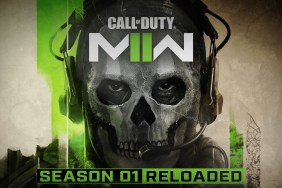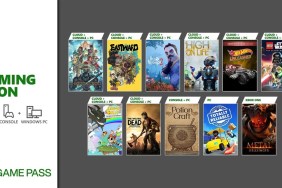One wraith to dominate them.
In the pantheon of video gaming, there isn’t much like riding around an open world without consequence of law or rule enforcement or even the recklessness of any attempt I might have at completing a Tony Hawk’s Pro Skater line in real life. So it gave me great pleasure to mount one of Middle-earth’s Caragors, bulldog-like beasts with…
-
Deep combat and traversal mechanics
-
Exceedingly varied skill tree and rune system
-
Excellent voice acting and sound design
-
Gorgeous landscapes
-
Multiple points of entry and exit of elaborate level design
-
Wandering story
-
Tons of Uruk to kill or control
-
Mission variety










